Photos: Notoriously Dangerous Ocean Reef Holds Shipwreck Secrets
Buried no more
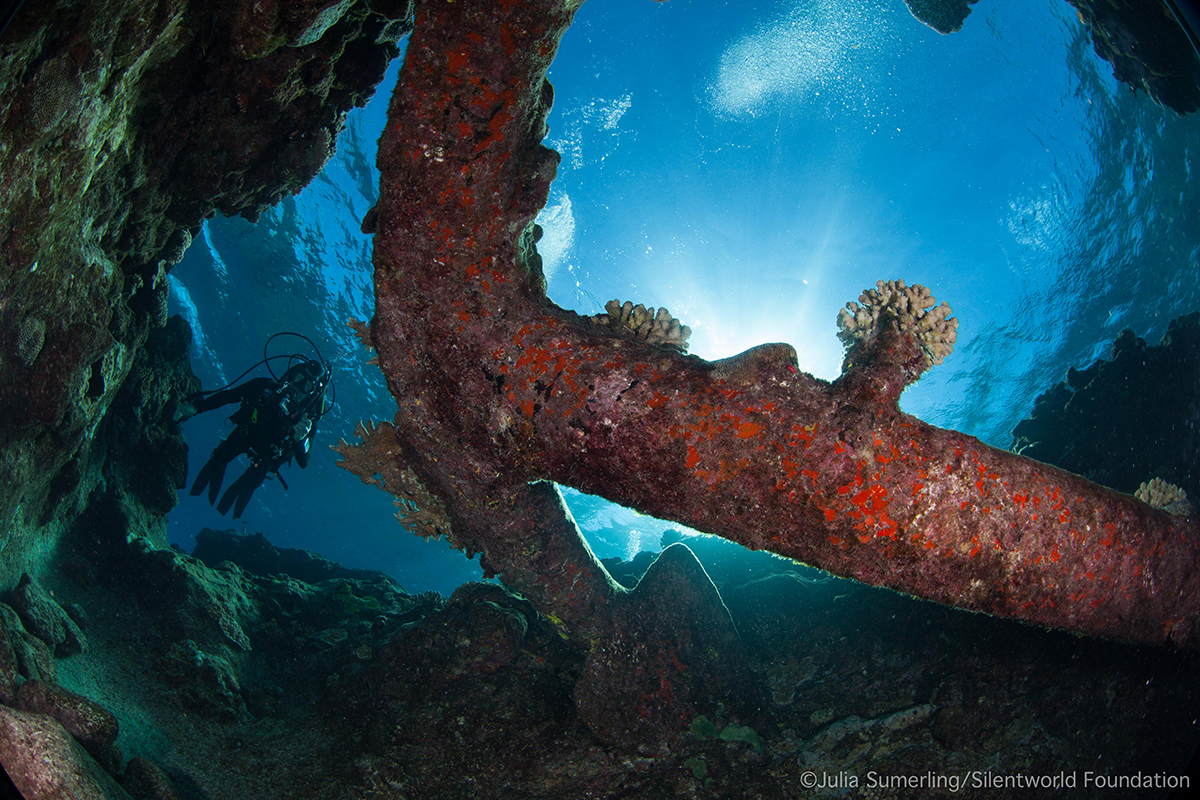
An Australian expedition to a remote ocean reef notorious for sinking ships in the 19th century has discovered several previously unidentified wrecks at the site.
The expedition to the Kenn Reefs atoll, located about 310 miles (500 kilometers) from the Queensland coast of Australia, aimed to search for the remains of shipwrecks reported by a maritime survey of the atoll that was conducted more than 30 years ago.
Although the remains of some of the wrecks they hoped to relocate have now been buried or washed away, the researchers found anchors, cannon and other items from shipwrecks at four sites around the reefs that had not been explored before. [Read full story about the newly discovered shipwrecks]
Kenn Reefs atoll
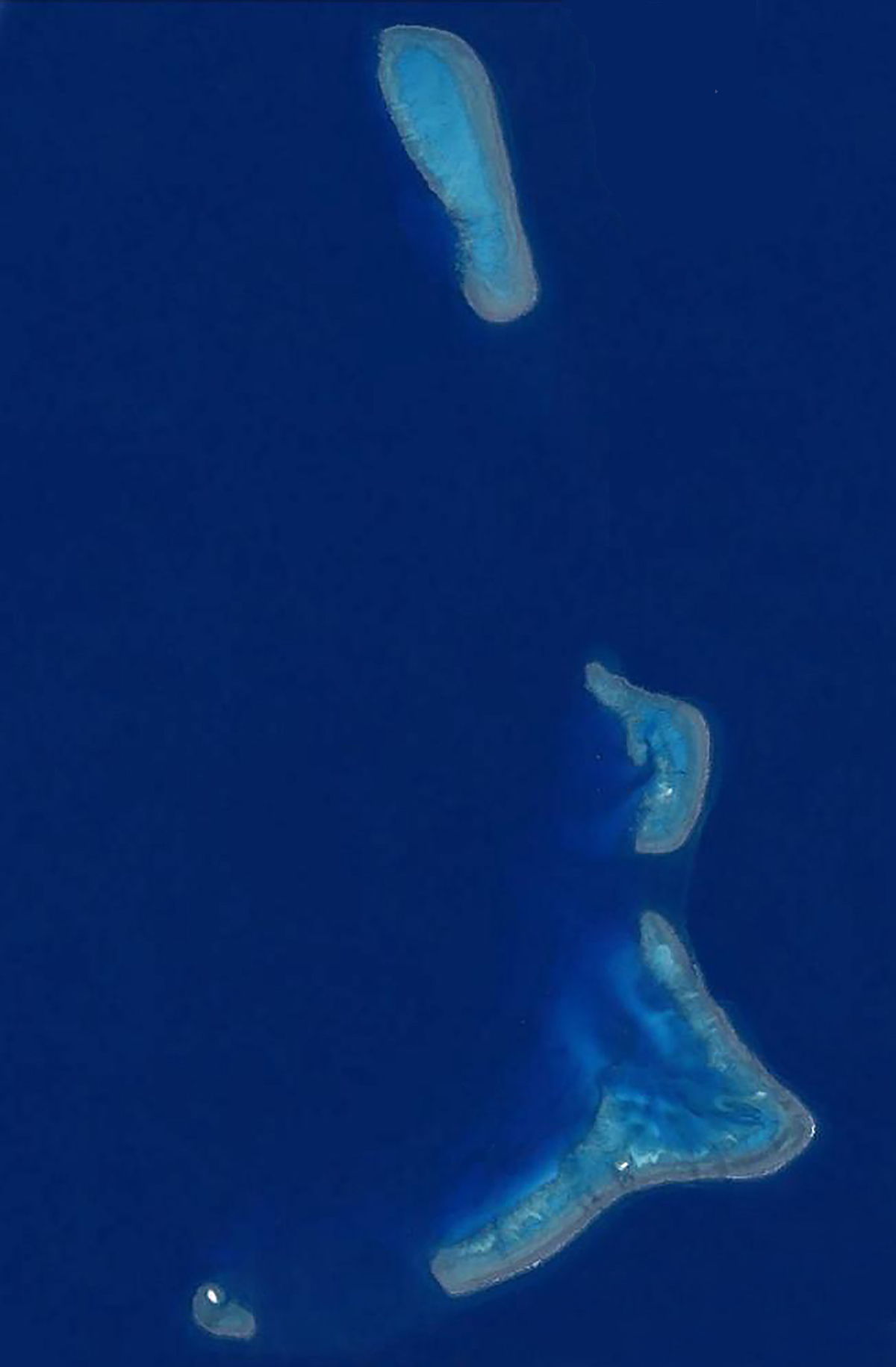
At least eight ships are known to have been wrecked on Kenn Reefs in the 1800s, most of them before the atoll was first recorded on official navigation charts in the late 1850s.
The coral and limestone atoll is situated on the peak of an extinct undersea volcano that rises sharply from the seafloor, and the reefs around it spread over more than 15 square miles (40 square kilometers).
The reefs are almost completely submerged at high tide, except for Observatory Quay, a small islet of sand inside the outer reef wall with a maximum height of 6 feet (2 meters) above sea-level.
On several occasions, the sand quay was home to the survivors from shipwrecks on the reef, sometimes for weeks or months, until they were rescued or they made their own way off the atoll in makeshift boats.
New wrecks
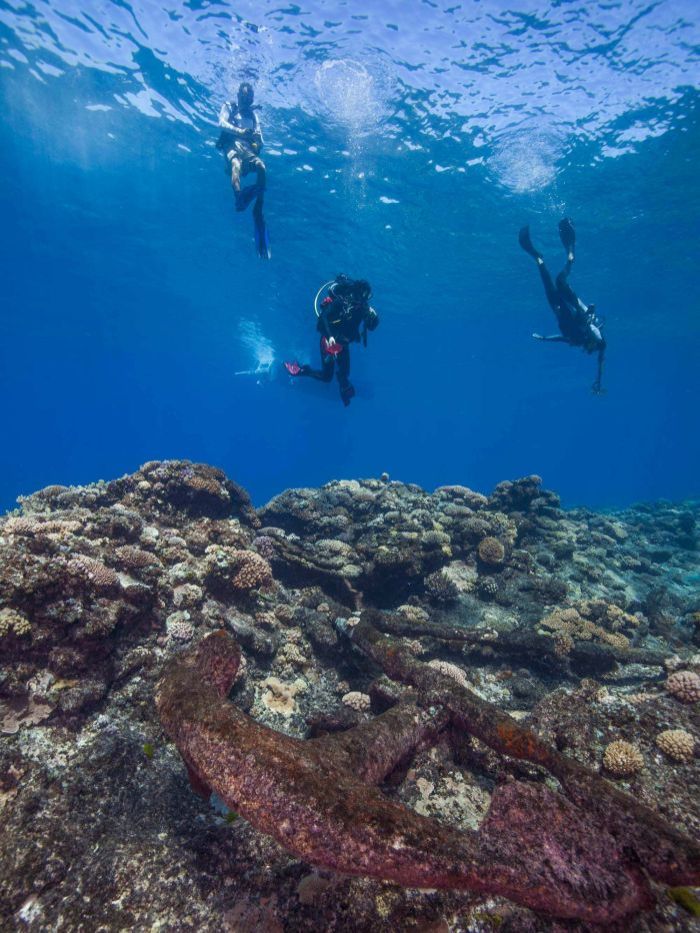
The expedition to Kenn Reefs in January 2017 was made up of 11 archaeologists and divers from the Australian National Maritime Museum and the Silentworld Foundation, a private maritime research museum.
The researchers explored the atoll for more than a week, documenting several previously known wrecks and locating four "new" wrecks of 19th-century sailing ships.
Surface finds
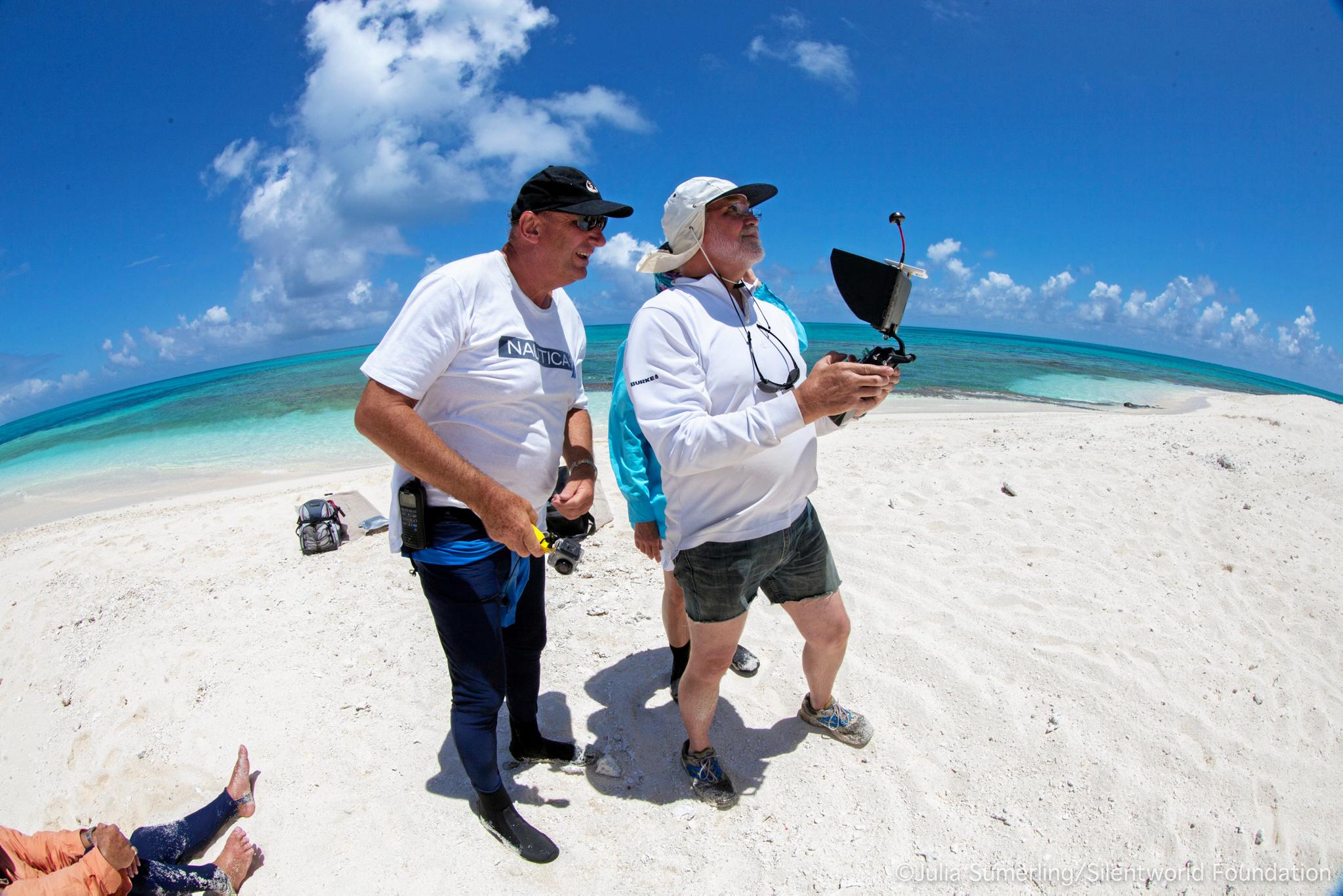
The team also searched the exposed tops of the reefs for artifacts and mapped the wreck sites using an aerial drone.
In this image from Observatory Quay, inside the outer reef wall, diver Paul Mullen watches archaeologist Paul Hundley, director of the Silentworld Foundation Museum, pilot the drone over one of the wreck sites.
150-year-old metal
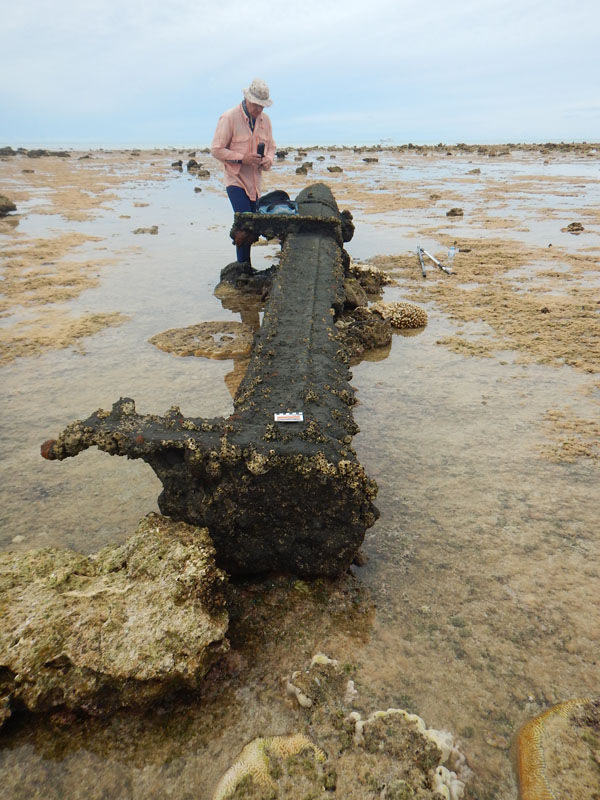
After 150 years, only metal parts and ballast stones remain from the many wrecks that sank around Kenn Reefs.
Storms and high tides have carried some artifacts on to the top of the reef wall, including anchors and this section from a ship's iron mast.
Working together

The expedition to Kenn Reefs was a collaboration between the Australian National Maritime Museum and the Silentworld Foundation, which funds the research and supplies the expedition vessels.
The researchers have worked together on several major expeditions since 2009, and have already discovered more than half a dozen historic shipwrecks.
Here, James Hunter from the ANMM watches the readout from the towed marine magnetometer that was used to locate metal items underwater, while Paul Hundley of the Silentworld Foundation pilots their dive boat, the Maggie III.
Visualizing the bottom

As well as a magnetometer, the researchers used towed sidescan sonar equipment to create visual images of the seafloor from reflected pulses of sound.
Get the world’s most fascinating discoveries delivered straight to your inbox.
A ship's bell
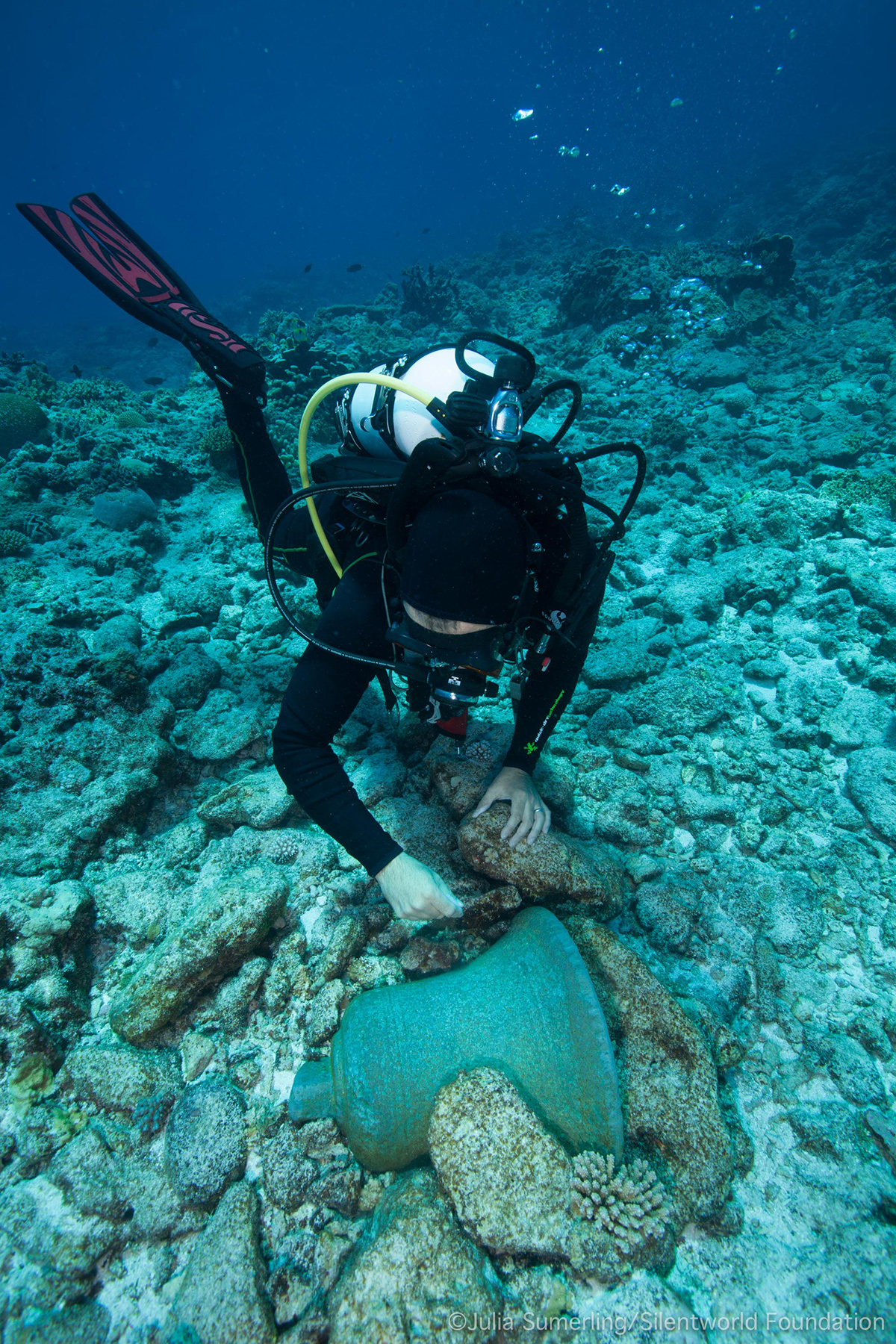
The magnetometer can detect very faint anomalies in the local magnetic field caused by underwater metal artifacts, such as anchors.
In this image, James Hunter inspects a ship's bell at one of the new wreck sites shortly after it was discovered.
Measuring history
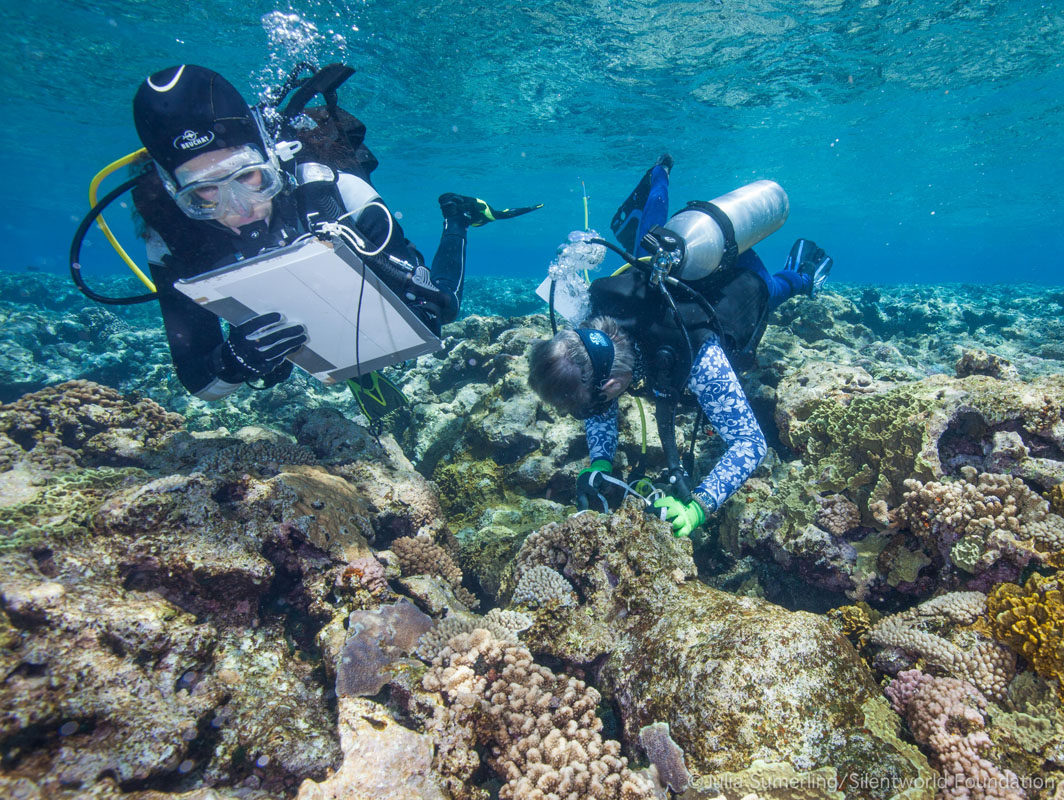
The magnetometer also allowed the researchers to locate several cannons at one of the new wreck sites, dubbed KR12.
Here, archaeologist Pete Illidge measures one the cannons at site KR12, while researcher Renee Malliaros records information on an underwater slate.
Anchors away

Archaeologist Peter Illidge inspects a small anchor at one of the new wreck sites, known as KR12. The arm of the anchor is locked against the shank, suggesting it was stowed onboard when it was lost, and was not deliberately deployed.
Tom Metcalfe is a freelance journalist and regular Live Science contributor who is based in London in the United Kingdom. Tom writes mainly about science, space, archaeology, the Earth and the oceans. He has also written for the BBC, NBC News, National Geographic, Scientific American, Air & Space, and many others.


